Lala Lajpat Rai: The Fearless Flame That Ignited a Nation
🔥 Introduction
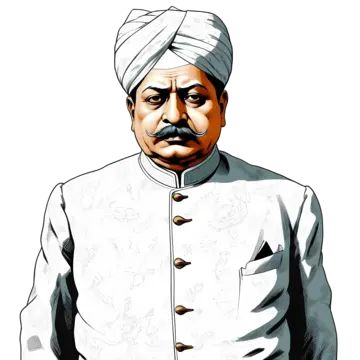
In the heart of India’s freedom struggle, one name roared louder than most—Lala Lajpat Rai. Born on 28 January 1865 in Dhudike, Punjab, he wasn’t just a revolutionary; he was a force of nature. His voice echoed through the streets of Lahore, his pen challenged colonial narratives, and his actions inspired generations to rise against oppression. Today, as we revisit his legacy, we don’t just remember a man—we remember a movement.
Lala Lajpat Rai was more than a political leader. He was a visionary who believed that true freedom wasn’t just political independence—it was social upliftment, educational empowerment, and economic self-reliance. His early involvement with the Arya Samaj shaped his ideals of reform and nationalism. He saw India not just as a land under British rule, but as a sleeping giant waiting to awaken.
In the early 1900s, Rai joined forces with Bal Gangadhar Tilak and Bipin Chandra Pal to form the iconic trio—Lal-Bal-Pal. Together, they ignited a new wave of assertive nationalism, challenging the moderate approach of the Indian National Congress. Lala Lajpat Rai’s speeches were fiery, his writings bold, and his presence magnetic. He didn’t just speak to crowds—he stirred their souls.
One of his most powerful contributions was in the realm of education and institution-building. He helped establish Punjab National Bank, a symbol of Indian financial independence, and Lakshmi Insurance Company, which empowered Indian families. His belief was simple: if India wanted freedom, it had to build its own systems. He didn’t wait for change—he created it.
But Lala Lajpat Rai’s courage wasn’t confined to speeches and institutions. On 30 October 1928, when the British government sent the all-European Simon Commission to India, Rai led a peaceful protest in Lahore. His slogan—“Simon Go Back”—became a rallying cry. The protest turned violent when police, under Superintendent James A. Scott, brutally lathi-charged the demonstrators. Rai was severely injured. Yet even in pain, his words thundered: “Every blow on my body will be a nail in the coffin of British rule.”
He succumbed to his injuries on 17 November 1928. But his death wasn’t the end—it was a spark. Young revolutionaries like Bhagat Singh and Chandrashekhar Azad were deeply moved by Rai’s sacrifice. In fact, Bhagat Singh and his comrades later plotted the assassination of Scott to avenge Rai’s death, marking a turning point in India’s revolutionary movement.
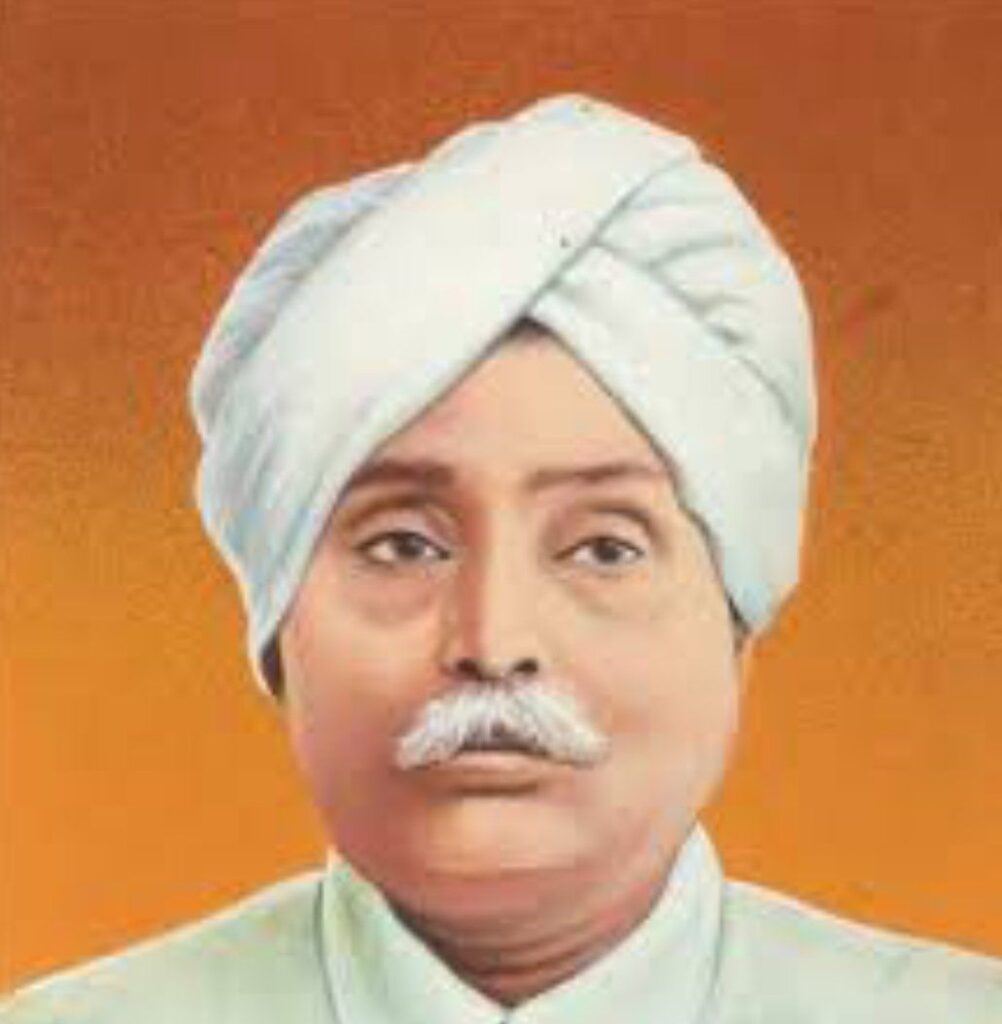
Today, Lala Lajpat Rai is remembered not just for how he died, but for how he lived—with purpose, passion, and pride. His writings, including “Unhappy India” and “England’s Debt to India,” remain powerful critiques of colonialism. His legacy lives on in schools, streets, and institutions named after him. But more importantly, it lives on in the hearts of those who believe in fearless truth.
In a time when India was searching for its voice, Lala Lajpat Rai roared. He didn’t ask for freedom—he demanded it. He didn’t wait for justice—he fought for it. And he didn’t fear death—he embraced it for the sake of his motherland.
As we reflect on his journey, we realize that Lala Lajpat Rai wasn’t just a chapter in history—he was the ink that wrote it. His life reminds us that patriotism isn’t passive. It’s active, bold, and sometimes painful. But it’s always worth it.
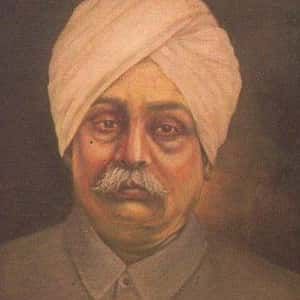
Let his story be a reminder: that one voice, when filled with truth and courage, can shake empires. And that freedom, once ignited, can never be silenced.
Table of Contents
🗣️ Speech Spotlight: “Towards Freedom” – Lala Lajpat Rai in Bombay, 1920
📅 Date: February 1920
👥 Crowd: Hundreds of citizens, students, and activists gathered in an open-air public meeting
🎯 Motive: To ignite mass support for Swaraj, promote Hindu-Muslim unity, and prepare the public for the Non-Cooperation Movement
🔥 Context and Motive
Lala Lajpat Rai had just returned from the United States, where he spent six years rallying international support for India’s independence. Back home, the political climate was shifting. Mahatma Gandhi was preparing to launch the Non-Cooperation Movement, and the people were hungry for leadership.
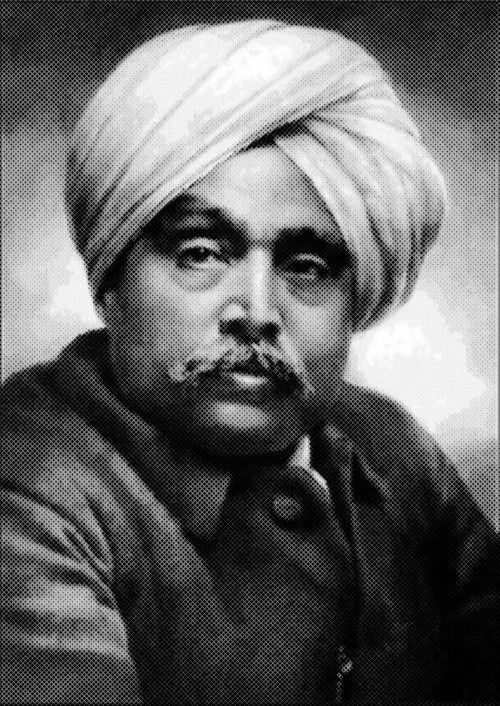
Rai’s motive in this speech was clear:
- To awaken the masses from political passivity
- To unite Hindus and Muslims under a common cause
- To prepare citizens for peaceful resistance against British rule
He didn’t speak like a politician. He spoke like a patriot. Calm, confident, and deeply personal.
🗣️ Key Themes from the Speech
- India as a “sleeping lion”: Rai described the nation as powerful but dormant, waiting to rise.
- Unity over division: He warned against communalism and emphasized that freedom could only be won together.
- Moral courage: He urged people to reject fear and embrace sacrifice, saying, “Freedom is not a gift—it is a responsibility.”
💥 Impact
The speech electrified the crowd. It was widely reported in nationalist newspapers and quoted in Congress circles. It helped build momentum for the Non-Cooperation Movement and positioned Rai as a bridge between moderate reformers and radical revolutionaries.
His words didn’t just echo in Bombay—they echoed across India.
🦁 Birth of a Lion: The Early Life of Lala Lajpat Rai
On 28 January 1865, in the quiet village of Dhudike, Punjab, a child was born who would one day roar louder than empires. His name was Lala Lajpat Rai—a name that would become synonymous with courage, conviction, and the relentless pursuit of freedom.
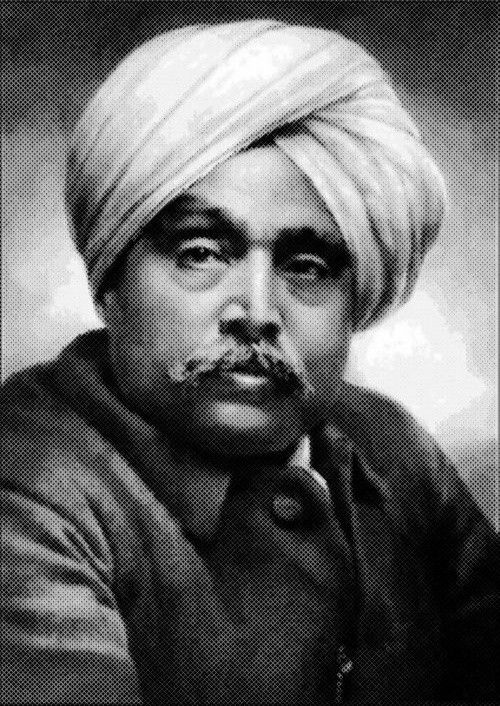
But back then, he was just a boy in British India. No titles. No fame. Just a spark.
🌱 Humble Beginnings, Fierce Roots
Dhudike wasn’t a place of power. It was a village of farmers, simplicity, and struggle. Lala Lajpat Rai was born into a family that valued education and ethics. His father, Munshi Radha Krishan, was a teacher—a man of principles. That environment shaped young Lajpat’s mind early on.
He wasn’t born into privilege. He was born into purpose.
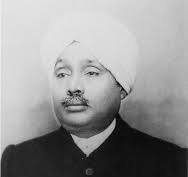
From a young age, he showed signs of sharp intellect and deep empathy. He saw injustice not as something to tolerate, but something to challenge. Even in school, he questioned authority—not out of rebellion, but out of reason.
📚 Education with a Mission
Lala Lajpat Rai pursued law at Government College, Lahore. But for him, education wasn’t just about degrees—it was about direction. He believed that knowledge should serve the nation, not just the self.
While studying, he became deeply involved with the Arya Samaj, a reformist movement that promoted equality, nationalism, and spiritual awakening. This wasn’t just a side interest—it became the foundation of his ideology.
He didn’t just want to be a lawyer. He wanted to be a liberator.
🔥 The Rise of Punjab Kesari
As he stepped into public life, his voice grew louder. His writings became sharper. His actions became bolder. People began to notice—not just his intellect, but his intensity.
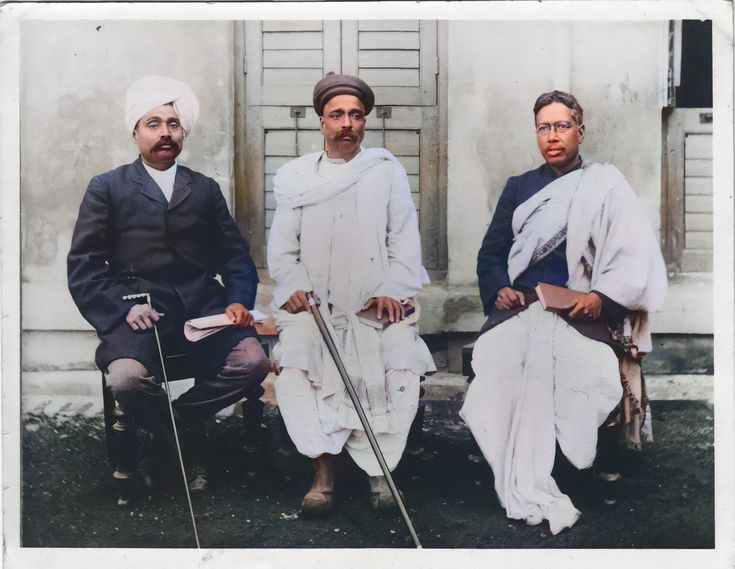
Soon, he earned the title “Punjab Kesari”, meaning “Lion of Punjab.”
Not because he roared—but because he refused to kneel.
Not because he fought with weapons—but because he fought with words, ideas, and unshakable will.
He stood up for farmers, students, workers, and women. He challenged British policies, exposed their exploitation, and demanded justice. His speeches weren’t just political—they were personal. Every word carried the weight of a million unheard voices.
🧭 Why This Moment Matters
The birth of Lala Lajpat Rai wasn’t just the arrival of a child—it was the beginning of a movement.
A movement that would inspire revolutionaries like Bhagat Singh.
A movement that would shape India’s fight for independence.
A movement that would prove that one man, with enough fire, can light up a nation.
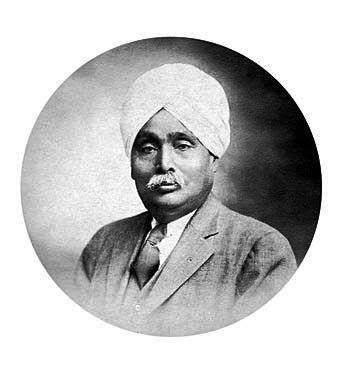
His journey from Dhudike to Delhi, from student to statesman, from lawyer to lion—wasn’t just historical. It was transformational.
And it all began on 28 January 1865.
🎓 The Making of a Revolutionary Mind: Lala Lajpat Rai in the 1880s
In the 1880s, while most young Indians were still adjusting to British rule, one young man in Lahore was preparing to challenge it. His name was Lala Lajpat Rai, and this decade would shape everything he would later become—a lawyer, a reformer, a nationalist, and eventually, the Lion of Punjab.
📚 Law School with a Larger Purpose
Lala Lajpat Rai enrolled at Government College, Lahore, to study law. On the surface, it was a practical decision. Law was a respected profession, and it offered a path to stability. But for Rai, it was never just about a career—it was about understanding the system he would one day fight.
In the classrooms of Lahore, he didn’t just learn legal codes—he studied power. He saw how British laws were used to suppress Indian voices. He realized that to challenge the empire, he had to first understand its language. Law became his weapon—not to defend the status quo, but to dismantle it.
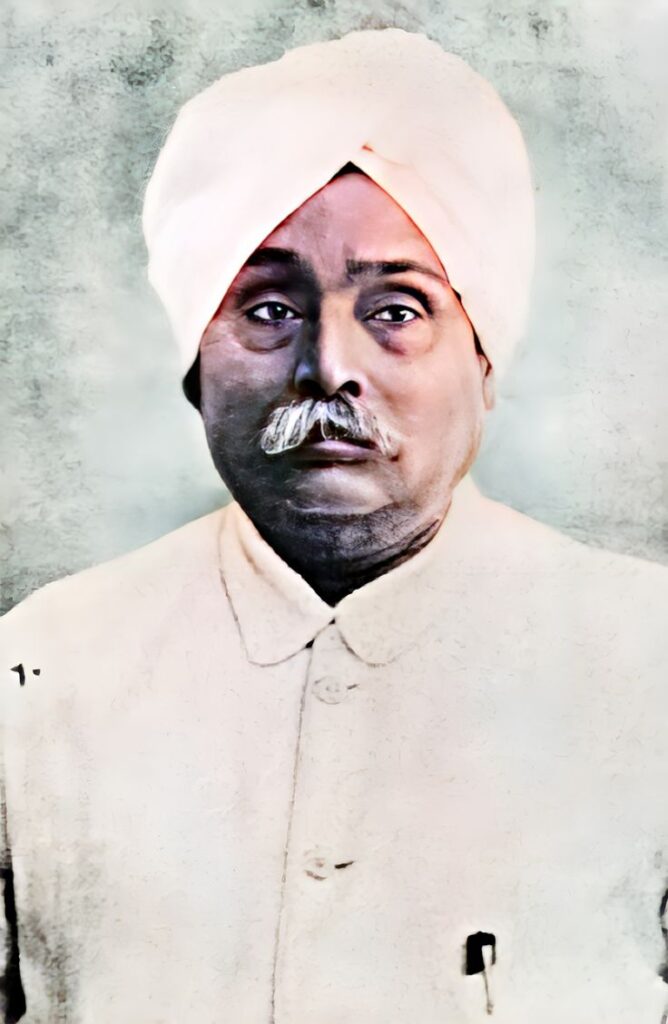
He was sharp, disciplined, and deeply focused. But what set him apart was his sense of purpose. While others studied for degrees, Lala Lajpat Rai studied for the nation.
🔥 Awakening Through Arya Samaj
During his college years, Rai came into contact with the Arya Samaj, a reformist Hindu movement founded by Swami Dayanand Saraswati. The Arya Samaj wasn’t just a religious group—it was a call to action. It promoted education, equality, and national pride. It rejected caste discrimination and blind rituals. It believed in a strong, self-reliant India.
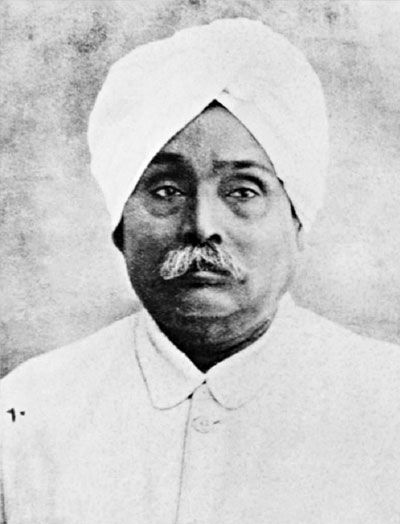
These ideas struck a chord with Lala Lajpat Rai. He wasn’t content with just legal reform—he wanted social reform too. He began attending Arya Samaj meetings, reading its literature, and eventually became one of its most passionate advocates.
Through Arya Samaj, he found his ideological foundation. It gave him a framework to think beyond politics—to think about India’s soul.
🗣️ First Steps into Nationalist Politics
The 1880s were also the decade when Lala Lajpat Rai took his first steps into nationalist politics. He began writing articles, speaking at public forums, and engaging with other young leaders who were dissatisfied with British rule.
He didn’t start with fiery slogans or mass protests. He started with questions. Why are Indians treated as second-class citizens in their own land? Why is education limited to the elite? Why is our culture seen as inferior?
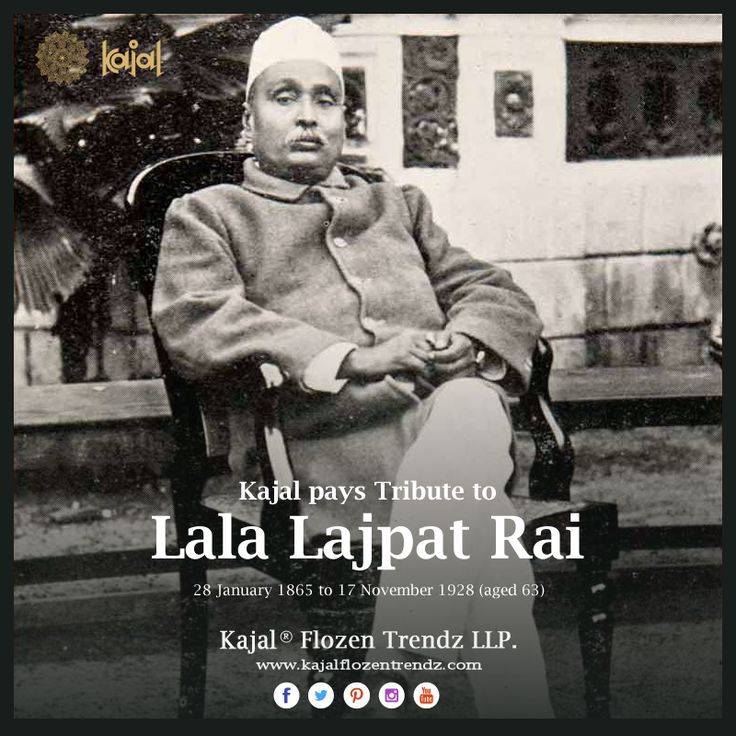
These questions led him to action. He began organizing debates, supporting vernacular education, and encouraging Indians to take pride in their heritage. He believed that political freedom would be meaningless without social and cultural awakening.
🧭 A Mindset Shift: From Student to Servant of the Nation
By the end of the 1880s, Lala Lajpat Rai was no longer just a law graduate. He was a man on a mission. His experiences in Lahore had transformed him. He had seen the cracks in the colonial system. He had felt the fire of reform. And he had chosen his path—not of comfort, but of commitment.
He once wrote, “The shots that hit me are the last nails to the coffin of British rule in India.” That spirit didn’t come overnight. It was forged in the classrooms of Government College, in the halls of Arya Samaj, and in the quiet moments of reflection when he asked himself: “What is my duty to this land?”
🌟 Why This Chapter Matters
The 1880s were not just a phase in Lala Lajpat Rai’s life—they were the foundation. This was the decade when he built his mind, shaped his values, and chose his fight. Without this period, there would be no Punjab Kesari, no Simon Commission protest, no martyrdom.
This was the decade when a student became a soldier—not of war, but of wisdom.
💰 Building India’s Backbone: Lala Lajpat Rai’s Economic Revolution in 1894
In the fight for freedom, most people remember protests, speeches, and sacrifices. But Lala Lajpat Rai knew that true independence needed more than slogans—it needed systems. In 1894, he took a bold step that many overlook: he helped establish two powerful institutions—Punjab National Bank and Lakshmi Insurance Company. These weren’t just businesses. They were weapons against British economic control.
🏦1: The Birth of Punjab National Bank
At the time, India’s financial system was dominated by British banks. Indian entrepreneurs, farmers, and families had little access to credit. Even basic banking services were out of reach for most Indians. Lala Lajpat Rai saw this as a form of economic slavery.
So in 1894, along with a group of nationalist thinkers, he helped found Punjab National Bank—a bank owned and run by Indians, for Indians.
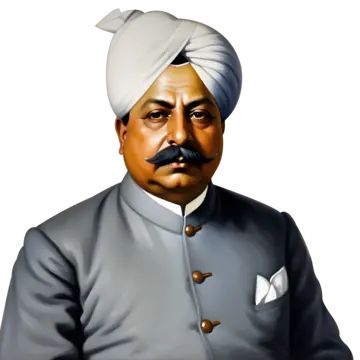
This was revolutionary. It wasn’t just about money—it was about dignity.
For the first time, Indians could save, borrow, and invest without relying on colonial institutions.
It gave people hope. It gave them control.
Lala Lajpat Rai believed that economic freedom was the foundation of political freedom.
If Indians couldn’t control their own wealth, how could they control their own destiny?
🛡️2: Lakshmi Insurance Company – Securing Indian Lives
But Rai didn’t stop at banking. He knew that financial security was incomplete without protection.
So he helped establish Lakshmi Insurance Company, one of the first Indian-owned insurance firms.
Why was this important?
Because British insurance companies often denied claims to Indians or charged unfair premiums.
Indian families had no safety net.
Lakshmi Insurance changed that.
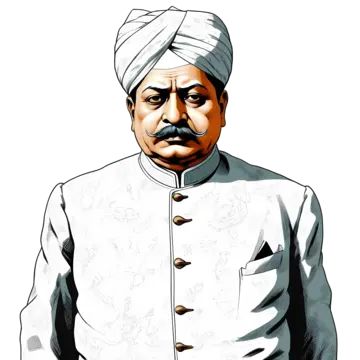
It offered fair policies, respected Indian customers, and reinvested profits into the community.
It wasn’t just a company—it was a statement:
“We trust our people. We protect our people.”
🔥3: Challenging British Economic Control
By creating these institutions, Lala Lajpat Rai wasn’t just building businesses—he was building resistance.
He was telling the British:
“We don’t need your banks. We don’t need your insurance. We can stand on our own.”
This was a direct challenge to colonial economics.
It empowered Indian traders, farmers, and workers.
It created jobs.
It built confidence.
And most importantly, it planted the seeds of Swadeshi economics—the idea that Indians should support Indian-made goods and services.
🧠4: Vision Beyond Politics
What makes this chapter of Lala Lajpat Rai’s life so powerful is that it shows his depth.
He wasn’t just a protestor.
He was a planner.
He understood that freedom needed infrastructure.
He once said, “The economic bondage of India is more dangerous than political slavery.”
That’s why he focused on building—not just breaking.
His vision was clear:
- Educate the people
- Empower them financially
- Protect them socially
- Then fight politically
This step-by-step approach made him not just a freedom fighter, but a nation builder.
🌟5: Legacy That Still Lives
Today, Punjab National Bank is one of India’s largest banks.
It serves millions.
It stands as a living monument to Rai’s foresight.
Lakshmi Insurance may not exist in its original form, but its spirit lives on in every Indian-owned insurance firm that puts people before profit.
These institutions remind us that Lala Lajpat Rai didn’t just dream of freedom—he designed it.
He gave India tools to fight not just with words, but with wealth.
🧭 Why This Chapter Matters
In 1894, while others were still debating reforms, Lala Lajpat Rai was building them.
He didn’t wait for permission.
He didn’t ask for help.
He created solutions.
This chapter shows us that patriotism isn’t just about waving flags—it’s about laying foundations.
It’s about giving people the power to stand tall, earn fairly, and live securely.
And that’s exactly what Rai did.
🔥 The Rise of Lal-Bal-Pal: Lala Lajpat Rai and the Fire of Swaraj (1905)
By 1905, the Indian freedom movement was at a turning point. The British had just announced the Partition of Bengal, a move that wasn’t just political—it was deeply personal. It was a direct attack on India’s unity. And in that moment of crisis, three voices rose together, louder than ever before. They were Lala Lajpat Rai, Bal Gangadhar Tilak, and Bipin Chandra Pal—a trio that would go down in history as Lal-Bal-Pal.
This was not just a political alliance. It was a storm. A storm of ideas, courage, and action.
🧱1: The Formation of a Revolutionary Brotherhood
Lala Lajpat Rai had already made his mark in Punjab through his legal work, social reform, and institution-building. But 1905 brought him onto the national stage. The partition of Bengal, orchestrated by Lord Curzon, was seen as a divide-and-rule tactic. It sparked outrage across the country.
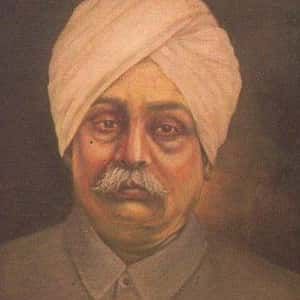
In response, three leaders from different corners of India came together:
- Lala Lajpat Rai from Punjab
- Bal Gangadhar Tilak from Maharashtra
- Bipin Chandra Pal from Bengal
Together, they formed a powerful front—Lal-Bal-Pal—that gave voice to a new kind of nationalism: bold, unapologetic, and action-driven.
This wasn’t the Congress of petitions and polite protests. This was the Congress of fire.
🗣️2: The Call for Swaraj
The trio’s central demand was clear: Swaraj, or self-rule.
Not in the distant future. Not as a gift from the British.
But here. Now. On our terms.
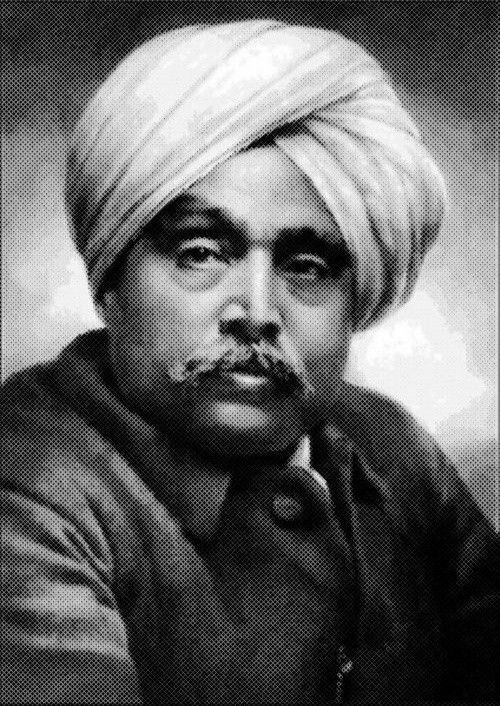
Lala Lajpat Rai believed that Indians were fully capable of governing themselves. He argued that British rule had drained India’s wealth, crushed its industries, and humiliated its people. The only solution was complete independence—not compromise.
He once said, “The demand for Swaraj is not a crime. It is the voice of self-respect.”
This message resonated deeply with the youth, the working class, and the emerging middle class. It wasn’t just politics—it was pride.
🛍️3: Boycott as a Weapon – The Swadeshi Movement
Alongside the call for Swaraj came a powerful strategy: boycott of British goods.
Why fund the empire that enslaved us?
Why wear clothes made in Manchester when Indian weavers were starving?
Lala Lajpat Rai and his allies urged Indians to burn foreign cloth, reject British products, and embrace Swadeshi—Indian-made goods.
This wasn’t just economic resistance. It was emotional.
It was about reclaiming identity, dignity, and control.
In Punjab, Rai led rallies where people lit bonfires of foreign cloth. He encouraged local industries, promoted Indian education, and inspired people to believe in their own power.
He didn’t just preach Swadeshi—he lived it.
💥4: Clash with the British Raj
The British were rattled.
This new wave of nationalism was louder, stronger, and more organized than ever before.
Lala Lajpat Rai was arrested multiple times. His writings were censored. His speeches were monitored. But he never backed down.
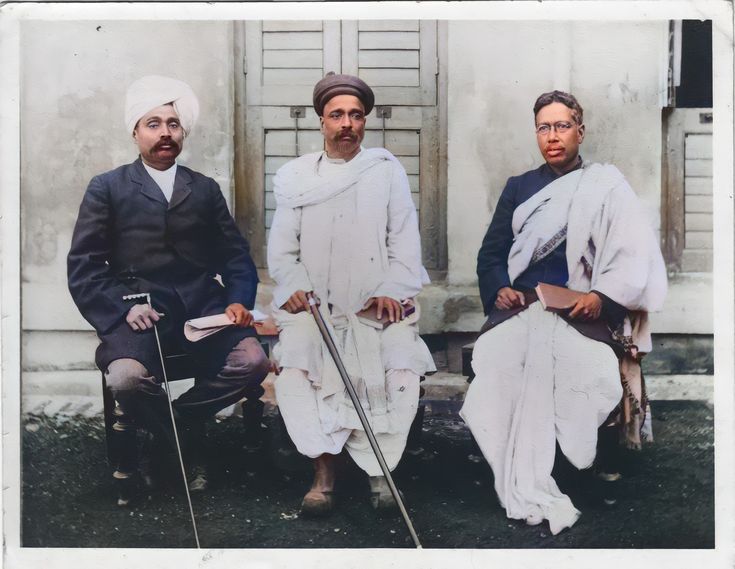
In fact, every time the British tried to silence him, his voice grew louder.
He became a symbol of resistance—not just in Punjab, but across India.
🌍5: A National Movement Takes Shape
The impact of Lal-Bal-Pal was massive.
They transformed the Indian National Congress from a debating club into a people’s movement.
They inspired students to leave British schools.
They encouraged women to join protests.
They made nationalism a household word.
And at the heart of it all was Lala Lajpat Rai—calm in thought, fierce in action.
He wasn’t just a leader. He was a bridge—between reform and revolution, between tradition and transformation.
🧭 Why This Chapter Matters
The year 1905 was a turning point in India’s freedom struggle.
It marked the rise of assertive nationalism.
It showed that India was no longer willing to beg—it was ready to demand.
And Lala Lajpat Rai was at the center of it all.
His partnership with Tilak and Pal wasn’t just political strategy—it was emotional chemistry.
They trusted each other. They challenged each other. And together, they awakened a nation.
This chapter reminds us that unity is power.
That when voices from different regions come together with one purpose, they can shake empires.
And that’s exactly what Lal-Bal-Pal did.
🚫 Exile and Echoes: When Lala Lajpat Rai Was Sent Away, But Never Silenced (1907)
In the journey of every revolutionary, there comes a moment when the system tries to erase them. In 1907, the British Raj tried exactly that with Lala Lajpat Rai. They thought exile would silence him. They thought distance would dim his influence. But they underestimated the power of a voice that had already reached the soul of a nation.
This is the story of how Lala Lajpat Rai was exiled to Burma—and how his return became a symbol of unstoppable public will.
🔥1: The Growing Fire of Nationalism
By 1907, Lala Lajpat Rai had become a household name in Punjab and beyond. His work with the Lal-Bal-Pal trio had ignited a new wave of nationalism. He was speaking boldly about Swaraj, promoting Swadeshi, and challenging British policies with fearless conviction.
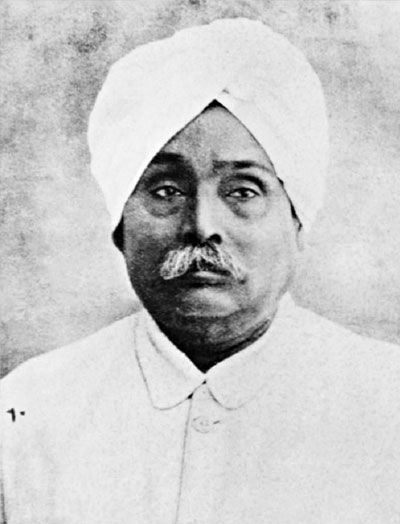
His speeches were not just political—they were emotional. He spoke of dignity, self-respect, and the right to live free. Crowds gathered wherever he went. His popularity soared. And with popularity came British discomfort.
The colonial government saw him as dangerous—not because he carried weapons, but because he carried truth.
🚔2: The Decision to Exile
In May 1907, the British made their move. Without trial, without warning, they arrested Lala Lajpat Rai and sent him to Mandalay Jail in Burma.
It was a calculated act. Burma was far from Punjab. Far from his people. Far from the movement.
The British hoped that by removing him from the scene, they could weaken the nationalist wave. They believed that out of sight would mean out of mind.
But they were wrong.
📢3: The Nation Reacts
The news of Lala Lajpat Rai’s exile spread like wildfire.
Protests erupted across Punjab, Bengal, and Maharashtra.
Students walked out of colleges. Traders shut down markets. Writers filled newspapers with outrage.
The people didn’t just see this as an attack on a leader—they saw it as an attack on their voice.
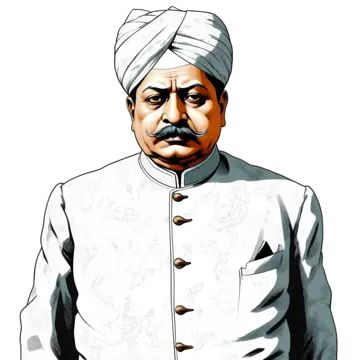
Petitions were signed. Speeches were delivered. Songs were written.
And everywhere, one name echoed: Lala Lajpat Rai.
His absence made his presence stronger.
🧭4: The Return of the Lion
After months of growing pressure, the British had no choice.
They released Lala Lajpat Rai and allowed him to return to India.
His return wasn’t quiet. It was triumphant.
Crowds welcomed him with garlands, slogans, and tears.
He didn’t come back broken—he came back bolder.
He addressed the public with calm strength.
He didn’t speak of revenge. He spoke of resolve.
He reminded people that the fight was far from over—and that exile had only sharpened his commitment.
💡5: Lessons from Exile
Lala Lajpat Rai’s exile taught India a powerful lesson:
That truth cannot be jailed.
That leadership is not about location—it’s about connection.
And that when the people stand together, even empires must bend.
He once wrote, “The British can exile my body, but they cannot exile my spirit.”
That spirit became a guiding light for future revolutionaries.
Bhagat Singh, who would later avenge Rai’s death, often spoke of how Rai’s courage during exile had inspired him to take bold action.
🌟 Why This Chapter Matters
The year 1907 was not just about exile—it was about endurance.
It showed that Lala Lajpat Rai was not just a leader of speeches—he was a leader of silence, of suffering, and of strength.
His exile became a rallying point.
His return became a celebration.
And his resilience became a legacy.
This chapter reminds us that setbacks are not endings.
They are tests.
And Lala Lajpat Rai passed that test with grace, grit, and greatness.
🌎 Voice Across Oceans: Lala Lajpat Rai’s Global Fight for India (1914–1920)
When most people think of freedom fighters, they picture rallies in Indian streets, fiery speeches in local languages, and protests against colonial rule. But Lala Lajpat Rai was never limited by geography. Between 1914 and 1920, he took India’s struggle to the global stage—living in the United States during World War I, founding the Indian Home Rule League of America, and writing fearlessly to expose British injustice.
This chapter of his life proves that patriotism has no borders—and that one voice, when filled with truth, can echo across continents.
✈️1: Leaving India, Carrying Its Pain
In 1914, as World War I erupted, Lala Lajpat Rai left India for the United States. It wasn’t an escape—it was a strategy. He knew that the world was watching Britain closely. And he wanted to make sure they saw what Britain was doing in India.
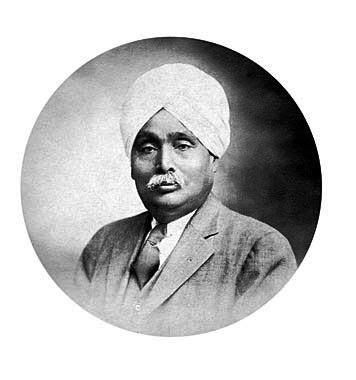
He arrived in America not as a tourist, but as a messenger.
A messenger of pain, of resistance, and of hope.
He carried with him the stories of farmers crushed by taxes, students silenced by colonial education, and revolutionaries jailed without trial.
He didn’t come to complain—he came to campaign.
🗽2: Founding the Indian Home Rule League of America (1917)
In 1917, in the heart of New York City, Lala Lajpat Rai founded the Indian Home Rule League of America.
It was the first organized effort to rally international support for India’s independence.
The League wasn’t just symbolic—it was strategic.
It connected Indian students, intellectuals, and activists living abroad.
It held meetings, published articles, and built alliances with American thinkers who believed in liberty and justice.
Rai used the League to challenge British propaganda.
He exposed how Britain claimed to fight for freedom in Europe while denying it in India.
He asked the world: “How can an empire that preaches democracy abroad, crush it at home?”
His words were sharp, his logic undeniable.
🖋️3: Writing That Woke the West
While in the U.S., Lala Lajpat Rai wrote extensively.
His articles appeared in American newspapers, journals, and magazines.
He didn’t hold back.
He wrote about the economic exploitation of India, the racist policies of the British, and the brutality of colonial rule.
He compared India’s struggle to America’s own fight for independence.
He reminded Americans that their freedom was once a dream too—and that India deserved the same.
His most powerful works from this period include:
- “Young India” – a journal that challenged British narratives
- “England’s Debt to India” – a book that exposed how Britain had drained India’s wealth
- “Unhappy India” – a raw, emotional account of colonial cruelty
These writings didn’t just inform—they inspired.
They made India’s pain real to people thousands of miles away.
🤝4: Building Bridges, Not Just Battles
Lala Lajpat Rai wasn’t just shouting into the void—he was building bridges.
He met with American senators, professors, journalists, and civil rights leaders.
He explained India’s case with clarity, dignity, and conviction.
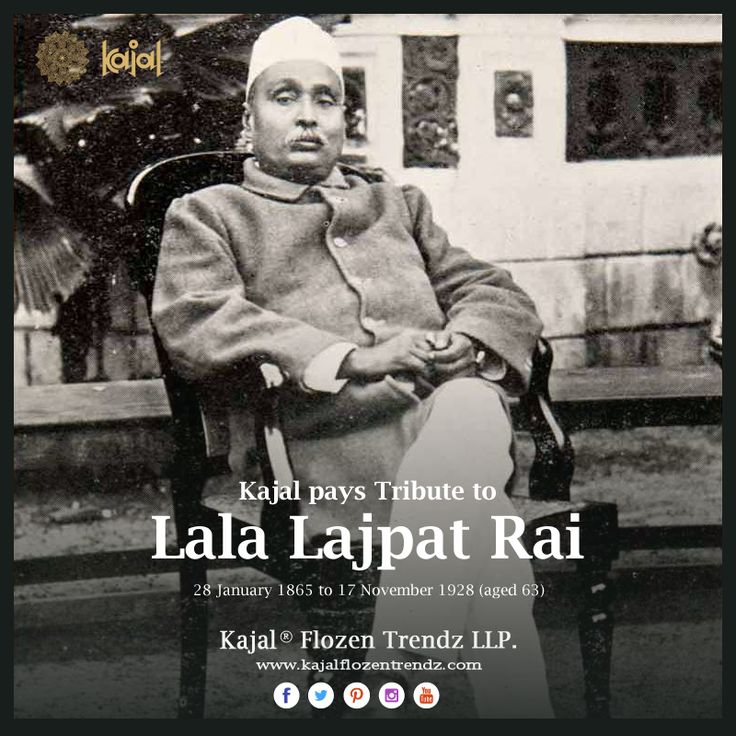
He didn’t beg for sympathy.
He demanded solidarity.
He believed that India’s freedom was not just India’s issue—it was a global cause.
And he made sure the world understood that.
🧭 5: Returning Home with Global Strength
In 1920, after six years in the U.S., Lala Lajpat Rai returned to India.
But he wasn’t the same.
He came back with international experience, global support, and a sharper vision.
He had seen how ideas could travel, how truth could spread, and how one man could make a difference—even from across the ocean.
His time in America had strengthened his resolve.
He now believed more than ever that India’s fight was just—and that victory was possible.
🌟 Why This Chapter Matters
The years 1914 to 1920 show us a different side of Lala Lajpat Rai.
Not just the Lion of Punjab—but the voice of India abroad.
Not just a protestor—but a strategist.
Not just a fighter—but a writer, thinker, and global connector.
This chapter reminds us that freedom isn’t just won in streets—it’s won in minds.
And Lala Lajpat Rai conquered minds across the world.
His journey proves that patriotism doesn’t need a passport.
It needs purpose.
And he had plenty of that.
✊ Return of the Lion: Lala Lajpat Rai and the Non-Cooperation Movement (1920)
After six intense years in the United States—writing, organizing, and amplifying India’s voice abroad—Lala Lajpat Rai returned home in 1920. But he didn’t come back to rest. He came back to reignite the fire.
India was changing. The air was thick with resistance. The people were ready. And at the center of this new wave stood Mahatma Gandhi, calling for Non-Cooperation—a bold, peaceful refusal to obey British rule.
Lala Lajpat Rai didn’t hesitate. He joined the movement with full force, bringing with him global experience, sharp intellect, and unmatched courage.
🛬1: Homecoming with Purpose
Rai’s return wasn’t just a personal milestone—it was a national moment.
He had spent years in America exposing British oppression, founding the Indian Home Rule League of America, and writing books that shook colonial narratives.
Now, back in India, he was ready to turn words into action.
He saw Gandhi’s call for Non-Cooperation not as a shift in strategy, but as a natural evolution of the fight he had always believed in—one that combined moral strength with mass mobilization.
🧭 2: Joining the Non-Cooperation Movement
The Non-Cooperation Movement, launched in 1920, urged Indians to:
- Boycott British schools, courts, and titles
- Refuse to pay taxes
- Reject foreign goods
- Resign from government jobs
It was a peaceful rebellion—but it was powerful.
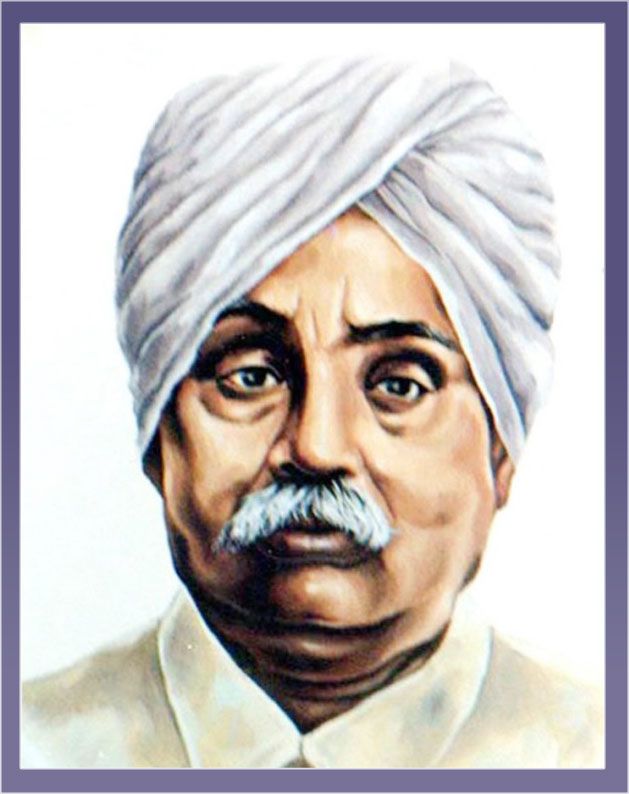
Lala Lajpat Rai embraced it wholeheartedly.
He traveled across Punjab, delivering speeches that stirred hearts and awakened minds.
He urged students to leave colonial institutions and build Indian alternatives.
He encouraged traders to burn foreign cloth and support Swadeshi products.
His voice was calm, but his message was fierce:
“Freedom is not given. It is taken—by those who dare to say no.”
🏛️3: Rising in the Indian National Congress
Rai’s leadership during the movement earned him deep respect.
In 1921, he was elected to preside over a special session of the Indian National Congress in Kolkata.
He wasn’t just a participant anymore—he was a senior leader.
His speeches shaped policy.
His ideas guided strategy.
His presence inspired unity.
He worked closely with Gandhi, Tilak’s legacy, and younger revolutionaries—bridging generations and ideologies.
He believed in disciplined resistance, but also in bold reform.
He pushed for education, economic independence, and social justice alongside political freedom.
🔥4: A Leader of Action and Integrity
What made Lala Lajpat Rai stand out was his integrity.
He didn’t chase power—he carried responsibility.
He didn’t seek fame—he earned trust.
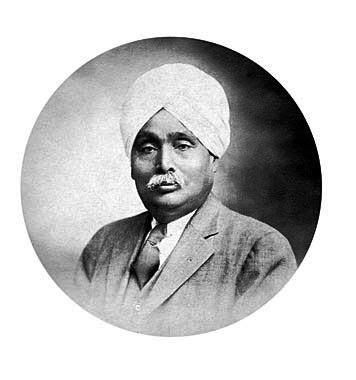
Even when the British tried to suppress the movement, Rai stood firm.
He was arrested, harassed, and censored—but never silenced.
His leadership wasn’t loud—it was lasting.
He built institutions, mentored youth, and kept the flame of freedom burning.
🌟 Why This Chapter Matters
The year 1920 marked a new phase in India’s freedom struggle.
It was the beginning of mass civil disobedience.
It was the moment when ordinary people became revolutionaries.
And Lala Lajpat Rai was right there—guiding, inspiring, and leading.
This chapter reminds us that true leadership isn’t about position—it’s about purpose.
And Rai’s purpose was clear: to see India free, strong, and self-reliant.
His return wasn’t just a homecoming.
It was a declaration:
“The fight continues. And I am here to lead it.”
🏛️ Leading with Legacy: Lala Lajpat Rai as Congress President (1921)
By 1921, the Indian freedom movement was no longer a whisper—it was a roar. The streets were alive with protest, the youth were fired up, and the call for Swaraj was echoing across the nation. In this charged atmosphere, one man stood out—not just for his courage, but for his clarity. That man was Lala Lajpat Rai.
And in the special session of the Indian National Congress held in Kolkata, he was elected President—a moment that marked the peak of his political leadership and the deep trust the nation placed in him.
🧭1: A Leader Chosen by the People
Lala Lajpat Rai wasn’t chosen for his popularity alone. He was chosen because he had earned it.
He had faced exile in Burma. He had built institutions like Punjab National Bank. He had taken India’s voice to America. And he had returned to join Gandhi’s Non-Cooperation Movement with full force.
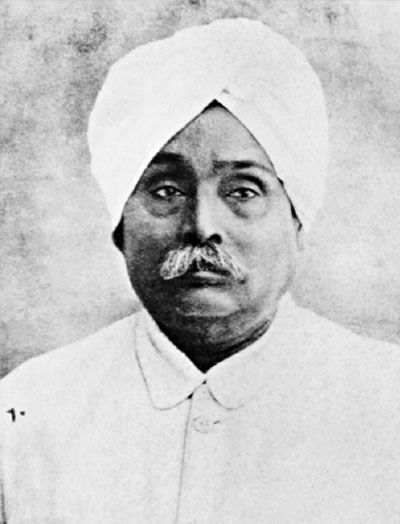
His election as Congress President was a recognition of his lifelong commitment to India’s freedom—not just in words, but in action.
🗣️2: The Kolkata Session’s Significance
The 1921 special session in Kolkata wasn’t just another meeting—it was a turning point.
The Congress was shifting from petitions to protest, from dialogue to direct action.
And it needed a leader who could guide that transition with wisdom and strength.
Lala Lajpat Rai fit that role perfectly.
He addressed the session with calm authority, urging unity, discipline, and unwavering resolve.
He emphasized that the fight for freedom was not just political—it was moral.
And he reminded everyone that courage must be matched with character.
🔥3: A Presidency of Purpose
As President, Rai didn’t chase headlines—he chased results.
He worked to strengthen grassroots participation, support Swadeshi industries, and promote indigenous education.
He mentored young leaders, bridged ideological gaps, and kept the Congress focused on its mission.
His leadership was marked by clarity, humility, and fierce patriotism.
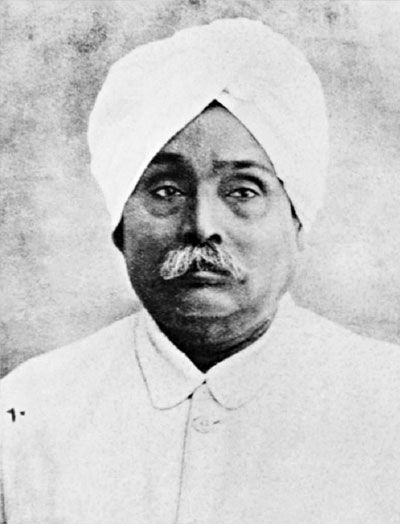
He didn’t just represent Punjab—he represented India.
🌟 Why This Chapter Matters
The year 1921 was proof that Lala Lajpat Rai was more than a revolutionary—he was a statesman.
His presidency showed that leadership isn’t about position—it’s about purpose.
And his purpose was crystal clear: to see India free, united, and self-reliant.
This chapter reminds us that true leaders don’t just speak—they serve.
And Lala Lajpat Rai served with heart, mind, and soul.
🏛️ Voice of the People: Lala Lajpat Rai in the Central Legislative Assembly (1926)
By 1926, the roar of Lala Lajpat Rai had already echoed across India—from the streets of Lahore to the halls of Congress, from exile in Burma to speeches in New York. But this year marked a new chapter. He wasn’t just a revolutionary anymore—he became a legislator. Elected to the Central Legislative Assembly, Rai stepped into the British-controlled political arena not to play their game, but to challenge it from within.
This wasn’t a compromise. It was strategy. And it was powerful.
🗳️1: Elected by the People, For the People
In 1926, Lala Lajpat Rai was elected to the Central Legislative Assembly—India’s highest legislative body under British rule. It was a moment of pride, not just for Punjab, but for the entire nation.
He didn’t win because of political favors. He won because of public trust.
He had walked with the people, suffered with them, and fought for them.
Now, he would speak for them—inside the very system that had tried to silence him.
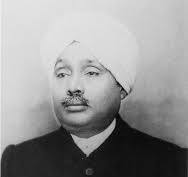
But Rai didn’t enter the Assembly to sit quietly. He entered to shake the walls.
📚2: Championing Education for All
One of Rai’s first priorities was education.
He believed that true freedom began in the classroom—not just with literacy, but with awareness.
He pushed for:
- More schools in rural areas
- Education for girls
- Indian history and culture in the curriculum
- Vocational training to empower youth
He argued that British education was designed to create clerks—not leaders.
He wanted an education system that built confidence, pride, and purpose.
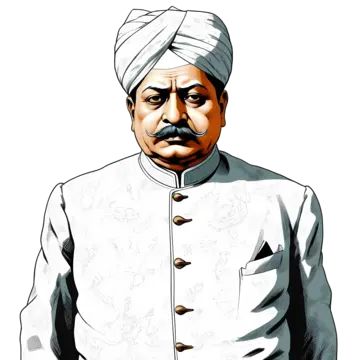
In his speeches, he often said, “An ignorant nation cannot be a free nation.”
And he meant it.
🤝3: Bridging Divides – Hindu-Muslim Unity
At a time when communal tensions were rising, Lala Lajpat Rai stood firm for unity.
He believed that India’s strength lay in its diversity—and that freedom could only be won together.
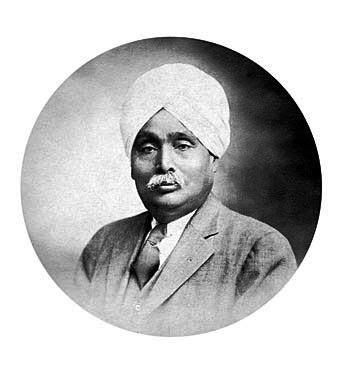
In the Assembly, he consistently advocated for:
- Interfaith dialogue
- Equal representation for all communities
- Protection of minority rights
- Joint efforts in the freedom struggle
He reminded his fellow leaders that the British thrived on division—and that unity was the ultimate resistance.
He didn’t just talk about Hindu-Muslim unity. He lived it.
He worked with leaders from all communities, respected all faiths, and never allowed hate to cloud his vision.
🛠️4: Pushing for Social Reform
Rai’s vision for India wasn’t just political—it was deeply social.
He used his position in the Assembly to fight for:
- The upliftment of Dalits and marginalized communities
- Women’s rights and education
- Labor protections and fair wages
- The end of child marriage and social evils
He believed that a free India must also be a just India.
And justice, he said, begins with reform.

He didn’t wait for independence to start building a better society.
He started right then, right there—in every speech, every bill, every debate.
🔥5: A Voice That Couldn’t Be Ignored
Even in a British-dominated Assembly, Lala Lajpat Rai’s voice stood out.
He spoke with clarity, conviction, and courage.
He didn’t flatter. He didn’t fear. He told the truth.
When others hesitated, he confronted.
When others compromised, he challenged.
When others stayed silent, he roared.
His presence in the Assembly proved that resistance could take many forms—not just protests in the streets, but also powerful words in Parliament.
🌟 Why This Chapter Matters
The year 1926 showed us a different side of Lala Lajpat Rai—not just the firebrand, but the reformer.
Not just the protestor, but the policymaker.
Not just the Lion of Punjab, but the conscience of a nation.
He used his seat in the Central Legislative Assembly not for power, but for purpose.
He didn’t just represent Punjab—he represented progress.
This chapter reminds us that real change happens when courage meets strategy.
And Rai had both.
He didn’t just fight the British—he fought ignorance, division, and injustice.
And he did it with dignity, discipline, and deep love for his people.
🩸 The Final Roar: Lala Lajpat Rai and the Simon Commission Protest (1928)
Some moments in history are not just remembered—they are felt.
30 October 1928 was one such moment.
On that day, Lala Lajpat Rai, the Lion of Punjab, stood at the front of a peaceful protest in Lahore, facing down the full force of the British Empire.
He didn’t carry a weapon.
He carried conviction.
And what happened next would shake the conscience of a nation.
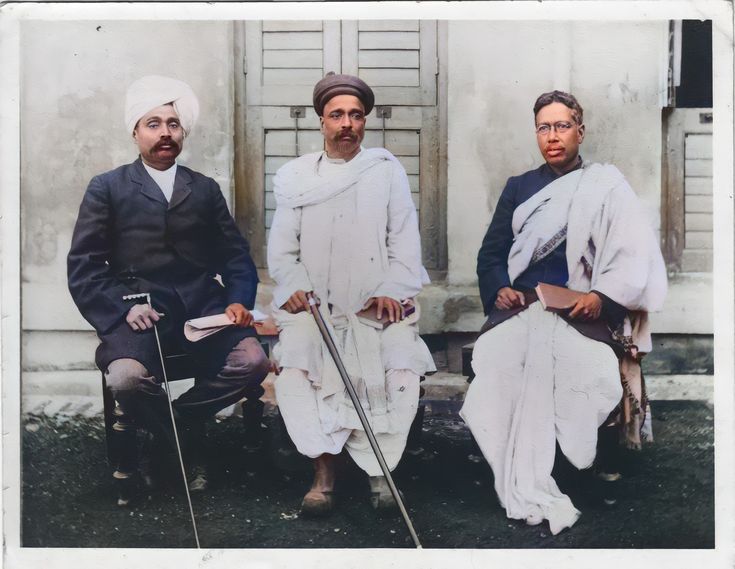
This is the story of courage, sacrifice, and a final roar that still echoes through India’s freedom struggle.
🛑1: The Arrival of the Simon Commission
In 1928, the British government sent the Simon Commission to India to discuss constitutional reforms.
But there was one glaring problem:
Not a single Indian was part of it.
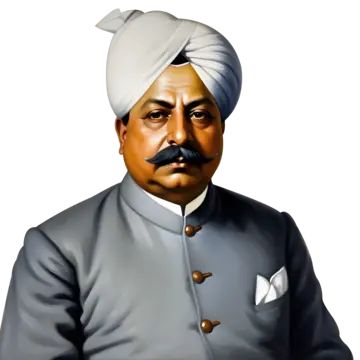
To the people of India, this was not just an insult—it was a betrayal.
How could a foreign panel decide the future of a nation without even including its own people?
The Indian National Congress, along with leaders across the political spectrum, decided to boycott the Commission.
Protests were planned in every major city.
And in Lahore, the man chosen to lead the charge was none other than Lala Lajpat Rai.
✊2: A Peaceful Protest with a Powerful Message
On 30 October 1928, thousands gathered in Lahore to protest the Commission’s arrival.
It was a sea of white khadi, tricolor flags, and raised fists.
The air was electric with chants of “Simon Go Back!”
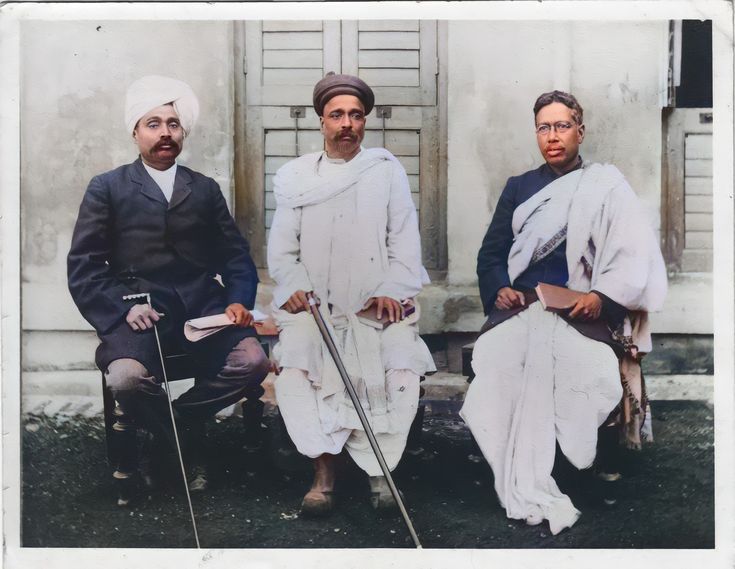
At the front of the procession stood Lala Lajpat Rai, holding a placard and walking with quiet strength.
He was 63 years old, but his spirit was unshaken.
He wasn’t just leading a protest—he was leading a nation’s pride.
He believed in non-violence.
He believed in the power of peaceful resistance.
And he believed that truth, when spoken boldly, could break chains.
🚨3: Brutality Unleashed
As the protest moved forward, the British police, under Superintendent James A. Scott, decided to crush it.
Without warning, they launched a brutal lathi charge on the unarmed crowd.
Lala Lajpat Rai was at the front—and he took the worst of it.
Blow after blow rained down on him.
He was struck on the chest and head, collapsing under the weight of British batons.
But even in pain, he refused to fall back.
He stood tall, bloodied but unbowed.
Later, he would say:
“Every blow on my body will prove to be a nail in the coffin of British imperialism.”
Those words weren’t just defiance.
They were prophecy.
🛌4: The Wounds That Wouldn’t Heal
In the days that followed, Lala Lajpat Rai’s health deteriorated.
He had suffered internal injuries during the lathi charge.
But he refused to rest.
He continued to write, speak, and inspire.
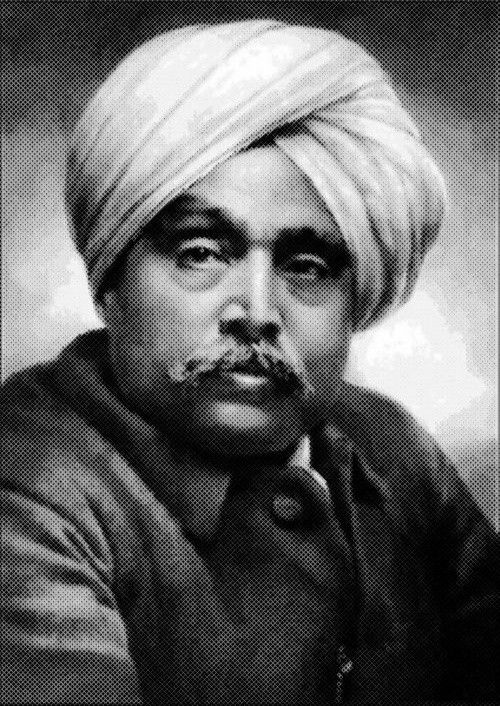
He knew his time was short.
But he also knew that his sacrifice could awaken a sleeping nation.
On 17 November 1928, just weeks after the protest, Lala Lajpat Rai succumbed to his injuries.
He died not in silence, but in service.
Not in defeat, but in defiance.
🔥5: The Spark That Lit a Fire
Rai’s death sent shockwaves across India.
People wept.
They marched.
They vowed to carry his fight forward.
Among those deeply moved was a young revolutionary named Bhagat Singh.
Outraged by Rai’s death, Singh and his comrades plotted to avenge him.
They targeted James A. Scott, but mistakenly killed another officer, J.P. Saunders.
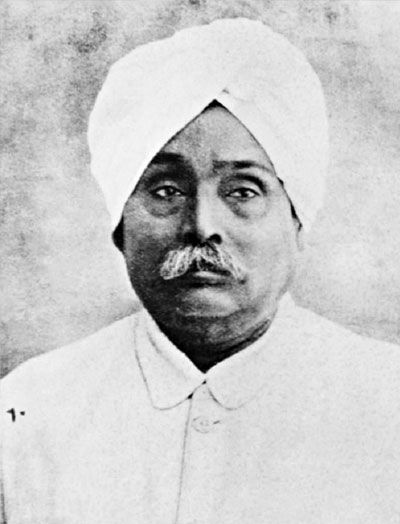
This act marked the beginning of Bhagat Singh’s radical journey—and it was directly inspired by Lala Lajpat Rai’s sacrifice.
Rai’s blood had become ink.
Ink that would write the next chapter of India’s revolution.
🧭6: A Legacy That Refused to Die
Lala Lajpat Rai’s final protest wasn’t just about the Simon Commission.
It was about dignity.
It was about saying: “We will not be ignored. We will not be ruled without our voice.”
His death became a symbol of British cruelty—and Indian courage.
It united moderates and revolutionaries.
It reminded the world that India’s freedom struggle was not just political—it was deeply personal.
Today, his name lives on in schools, roads, and statues.
But more importantly, it lives on in every Indian who dares to speak truth to power.
🌟 Why This Chapter Matters
The events of 30 October 1928 show us the true essence of Lala Lajpat Rai.
He wasn’t just a leader—he was a shield.
He didn’t just speak for the people—he stood in front of them, took the blows, and turned pain into purpose.
This chapter reminds us that freedom is never free.
It is paid for in blood, in sacrifice, and in moments when one man chooses to stand while others fall.
Lala Lajpat Rai’s final act wasn’t just a protest.
It was a promise.
A promise that India would rise.
And rise it did.
🕯️ The Final Sacrifice: Lala Lajpat Rai’s Death That Shook an Empire (1928)
Some leaders live for their people. Some die for them.
And a few—like Lala Lajpat Rai—do both.
On 17 November 1928, India lost one of its fiercest voices.
But what the British thought was an ending became a beginning.
Because Rai’s final breath carried a message that would echo through generations:
“Every blow on my body will prove a nail in the coffin of British rule.”
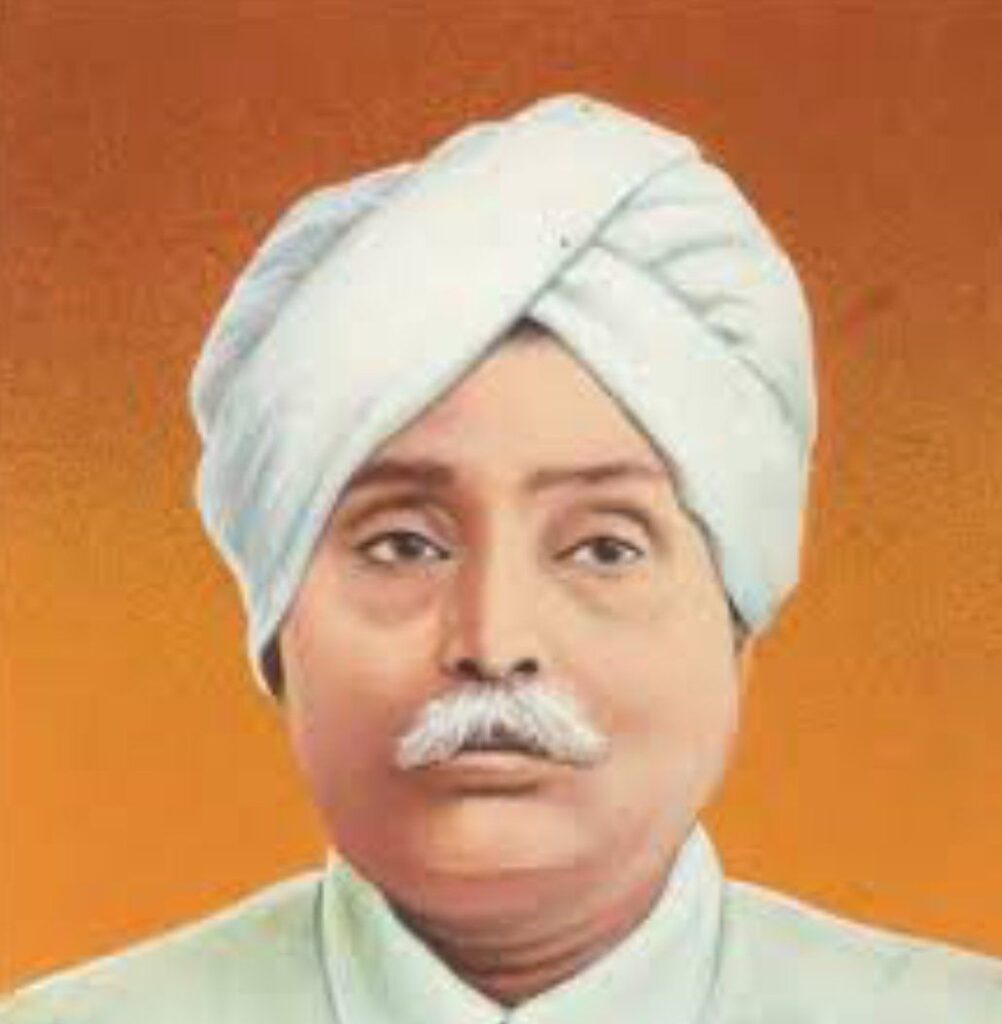
This chapter isn’t just about death.
It’s about defiance, legacy, and the kind of courage that doesn’t fade—it multiplies.
🩸1: The Wounds That Changed Everything
Just weeks earlier, on 30 October 1928, Lala Lajpat Rai had led a peaceful protest against the Simon Commission in Lahore.
He stood at the front, unarmed, unafraid, and unshaken.
The British police, under Superintendent James A. Scott, responded with a brutal lathi charge.
Rai was struck repeatedly—on his chest, head, and back.
He collapsed, but refused to retreat.
His body was broken.
But his spirit? Unbreakable.
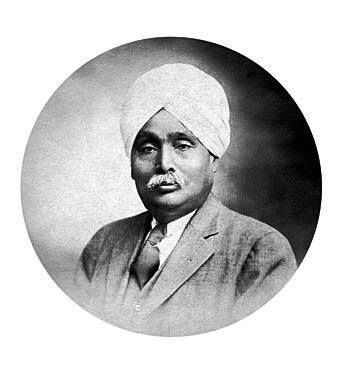
He was rushed to medical care, but the damage was deep.
Internal injuries began to take their toll.
Yet even in pain, Rai continued to write, speak, and inspire.
He knew the end was near.
But he also knew that his sacrifice would not be in vain.
🗣️2: The Last Words That Became a War Cry
As his condition worsened, Lala Lajpat Rai made a final declaration:
“Every blow on my body will prove a nail in the coffin of British rule.”
These weren’t just words.
They were prophecy.
They captured the essence of his life:
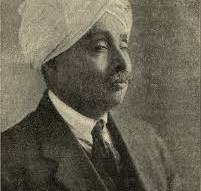
- Fearless in the face of violence
- Committed to non-violence
- Willing to die for dignity
He didn’t ask for revenge.
He asked for resolve.
And India listened.
🕊️3: The Nation Mourns, The Movement Rises
On 17 November 1928, Lala Lajpat Rai succumbed to his injuries.
The news spread like wildfire.
Cities went silent.
Flags flew at half-mast.
And hearts broke across the country.
But alongside grief came fury.
The people didn’t just mourn—they mobilized.
His death became a rallying point.
His sacrifice became a symbol.
And his legacy became a weapon.
🔥4: Bhagat Singh’s Response – From Grief to Action
Among those deeply affected was a young revolutionary named Bhagat Singh.
He had admired Rai for years.
And now, he was enraged.
Bhagat Singh and his comrades decided to avenge Rai’s death.
They targeted James A. Scott, the officer responsible for the lathi charge.
In a case of mistaken identity, they killed J.P. Saunders instead.
This act marked the beginning of Bhagat Singh’s radical journey.
And it was fueled by Rai’s final sacrifice.
Lala Lajpat Rai didn’t just inspire speeches.
He inspired revolution.
🧭5: A Legacy That Refused to Die
Even after his death, Rai’s influence grew stronger.
His writings—like Unhappy India and England’s Debt to India—continued to educate and provoke.
His institutions—like Punjab National Bank—continued to empower.
And his memory—etched in statues, schools, and streets—continued to inspire.
But more than anything, his final act reminded India of one truth:
That freedom demands sacrifice.
And that one man’s courage can awaken a million hearts.
🌟 Why This Chapter Matters
The death of Lala Lajpat Rai wasn’t just a historical event.
It was a turning point.
It showed that the British could break bones—but not spirit.
It proved that peaceful protest could shake empires.
And it reminded every Indian that the fight for freedom was personal.
His final words weren’t just defiance.
They were direction.
They told India:
“Don’t cry for me. Rise for me.”
And India did.
🏁 Conclusion: The Lion’s Legacy Lives On
The story of Lala Lajpat Rai is not just a chapter in India’s freedom struggle—it’s a blueprint for courage, conviction, and character. From his birth in Dhudike in 1865 to his final breath in 1928, every step he took was driven by one unwavering mission: to see India free, proud, and self-reliant.
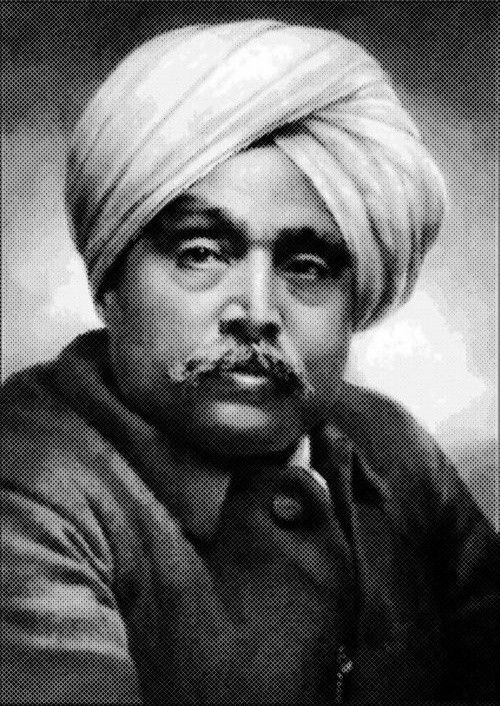
He wasn’t just a protestor. He was a builder.
He didn’t just fight the British—he fought ignorance, injustice, and division.
He gave India its own bank, its own insurance company, and its own voice on the global stage.
He stood for education, social reform, and unity when it was easier to stay silent.
And when the time came to lead from the front, he didn’t hesitate.
On 30 October 1928, he walked into history—not with a sword, but with a placard.
Not with anger, but with resolve.
And when the British struck him down, he rose even higher—in spirit, in memory, and in meaning.
His last words—“Every blow on my body will prove a nail in the coffin of British rule”—were not just a warning.
They were a promise.
A promise that his sacrifice would not be forgotten.
A promise that India would rise.
And rise it did.
Today, as we scroll through reels, read blogs, and share stories, let’s remember that freedom wasn’t gifted—it was earned.
By men like Lala Lajpat Rai, who gave everything so we could stand tall.
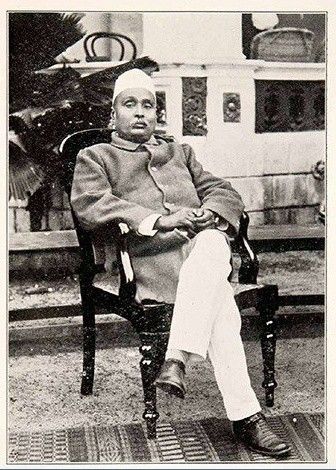
His legacy isn’t just in textbooks.
It’s in every act of courage.
Every voice that speaks truth.
Every dream that refuses to bow.
So let’s not just remember him.
Let’s live like him.
With fire in our hearts.
And freedom in our veins.
Internal Links:1.https://historyverse7.com/bhagat-singh/2.https://historyverse7.com/chandra-shekhar-azad/
External Links: 1.https://www.britannica.com/biography/Lajpat-Rai 2.https://inc.in/congress-sandesh/tribute/lala-lajpat-rai-28th-january-1865-17th-november-1928-1
📘 FAQ: Understanding Lala Lajpat Rai (Exclusive Edition)
1. 🧠 What was Lala Lajpat Rai’s greatest strength as a leader that history often overlooks?
Answer: Beyond his fiery speeches and protests, Lala Lajpat Rai’s greatest strength was his ability to build institutions that outlived him. From founding Punjab National Bank to establishing educational and social reform networks, he didn’t just fight the British—he created the infrastructure for a self-reliant India.
2.🕊️ How did Lala Lajpat Rai balance radical nationalism with non-violence?
Answer: Rai believed in the power of moral resistance. While he supported assertive nationalism through the Lal-Bal-Pal trio, he never endorsed blind violence. His protests were fierce but peaceful. He saw non-violence not as weakness, but as discipline—a way to expose British brutality without losing moral ground.
3.🌍 What did Lala Lajpat Rai learn from his years in the United States that shaped his strategy back in India?
Answer: In the U.S., Rai saw how global narratives could influence domestic change. He learned the power of international opinion, media, and diaspora activism. When he returned to India, he brought with him a sharper sense of how to globalize India’s freedom struggle—using writing, diplomacy, and public opinion as tools of resistance.
4.🧭 If Lala Lajpat Rai were alive today, what cause would he likely champion?
Answer: Rai would likely champion educational equity and youth empowerment. He believed that an informed, united, and morally grounded generation was the bedrock of any free nation. In today’s world, he’d be mentoring young leaders, fighting misinformation, and building institutions that empower the next wave of changemakers
5. 🔥 What was Lala Lajpat Rai’s most underrated act of rebellion?
Answer: His decision to walk at the front of the Simon Commission protest in 1928—knowing the risk, knowing the consequences—wasn’t just symbolic. It was a calculated act of defiance. He turned his body into a shield for the movement, transforming a peaceful march into a moment that would ignite revolutionary fire across the nation.
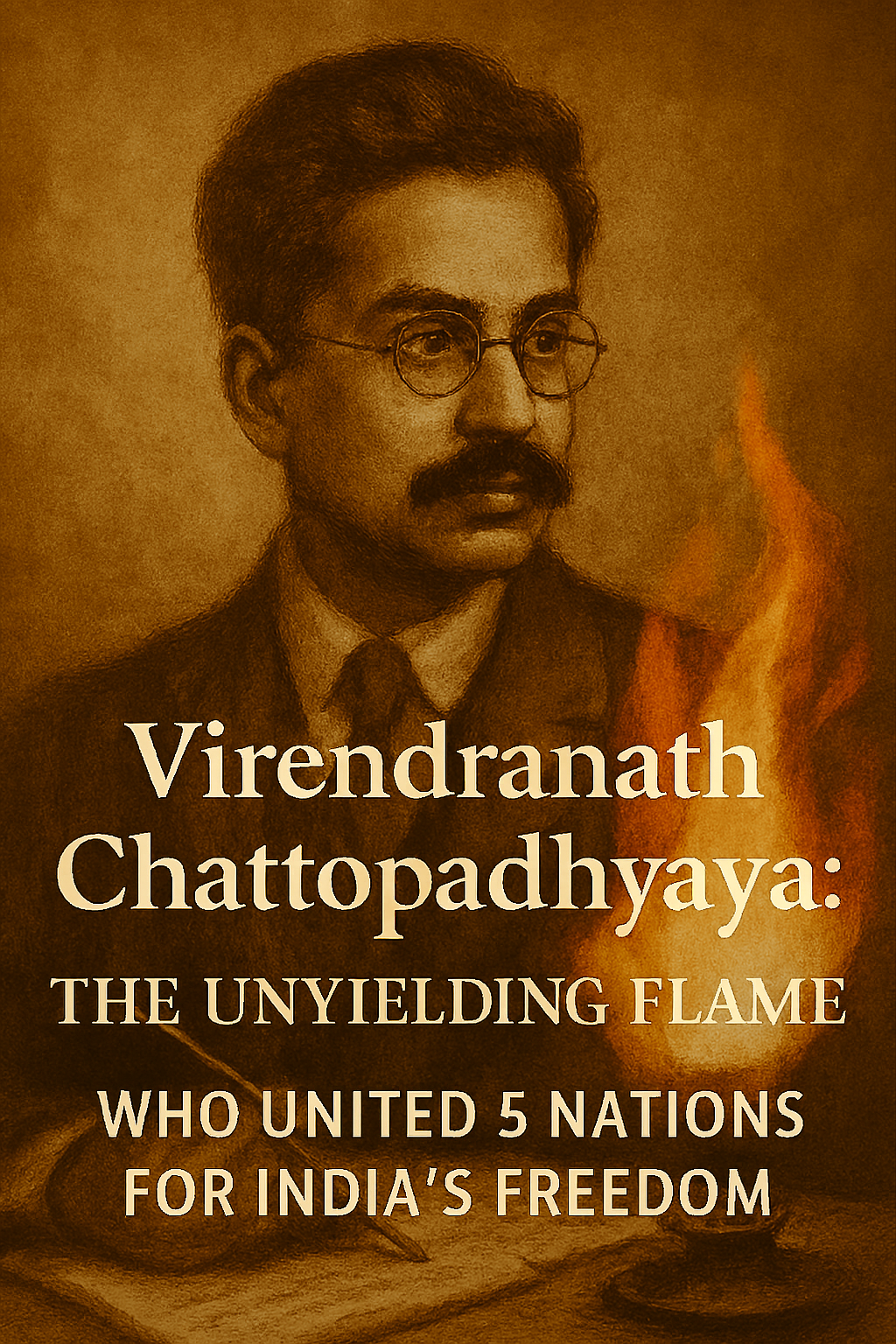
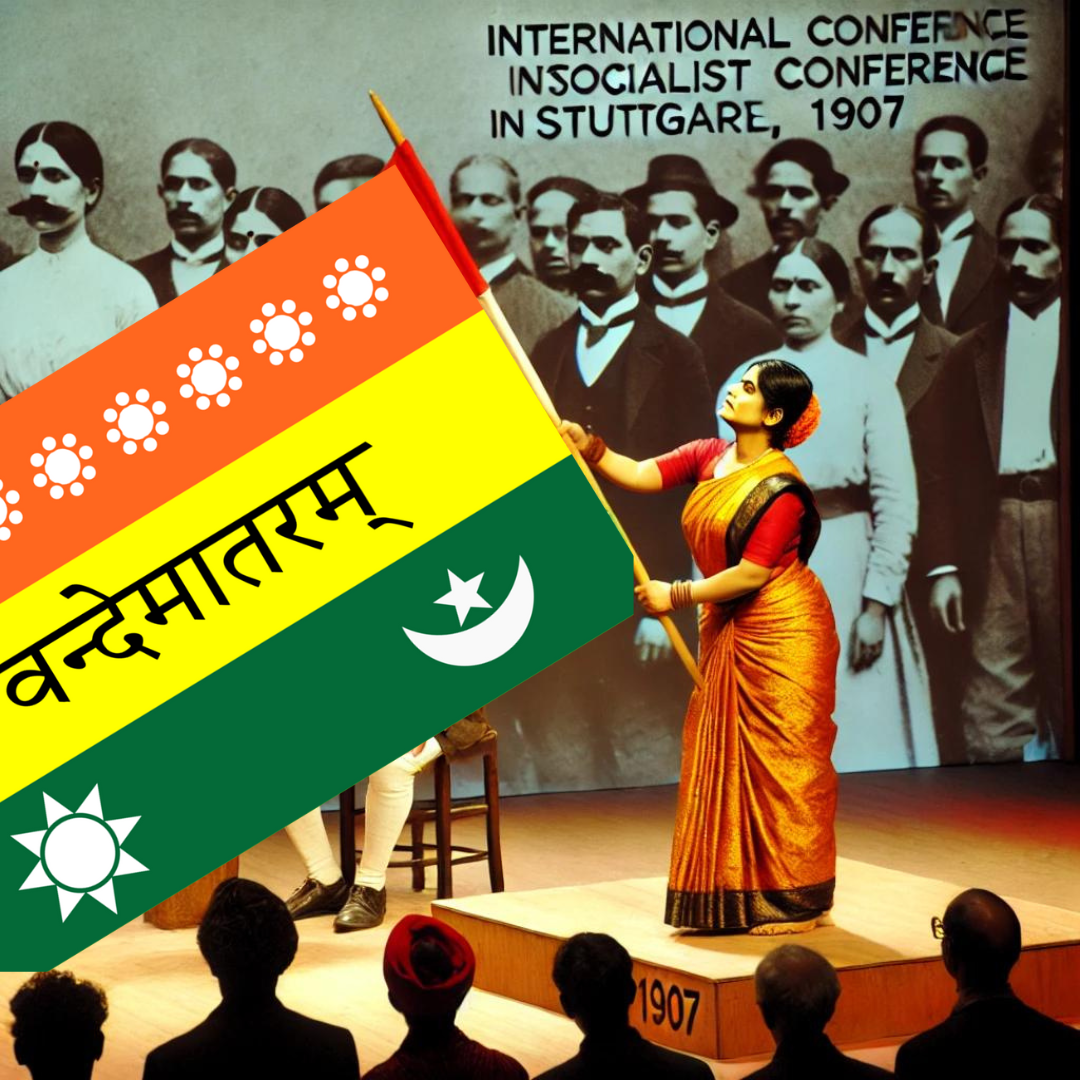
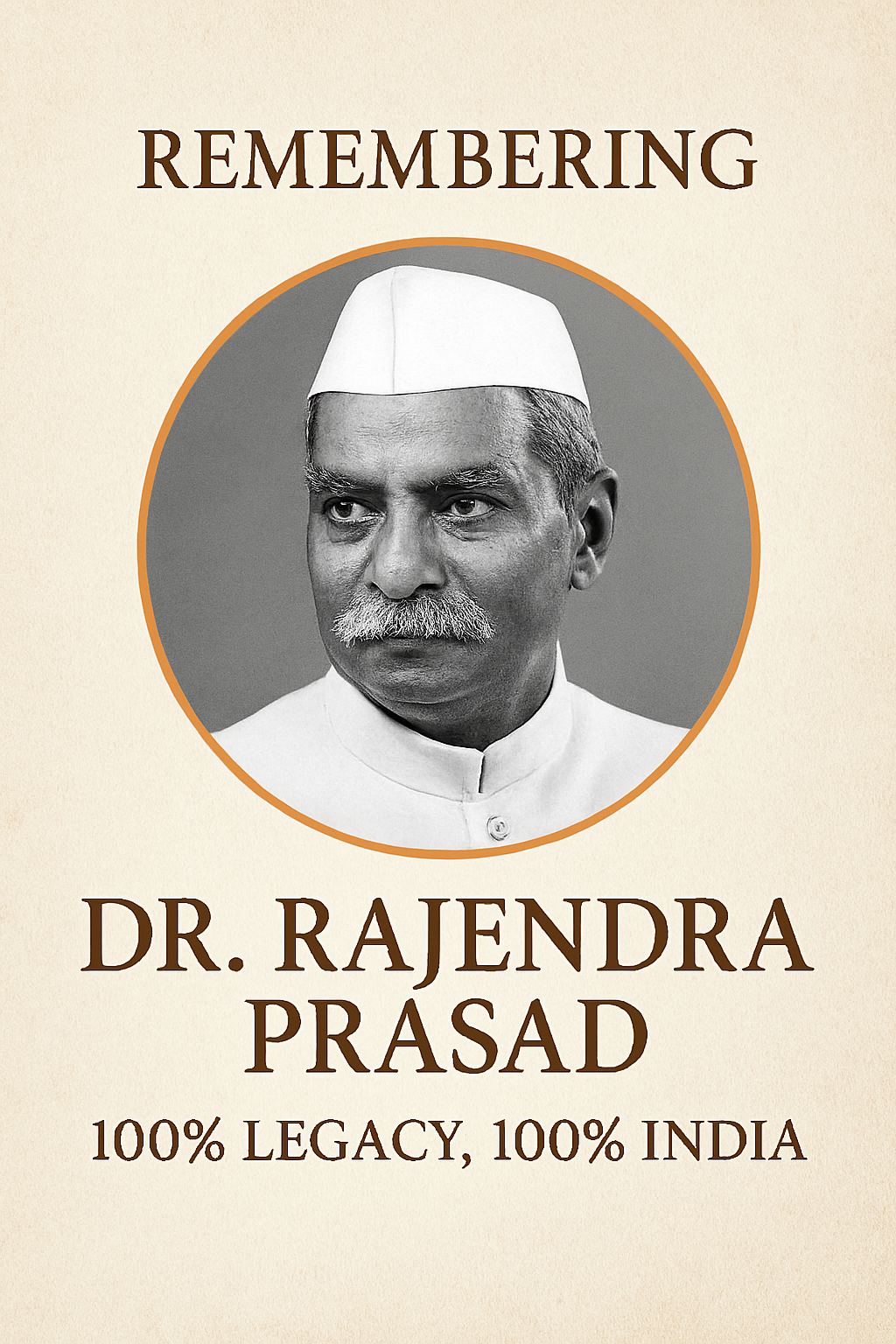
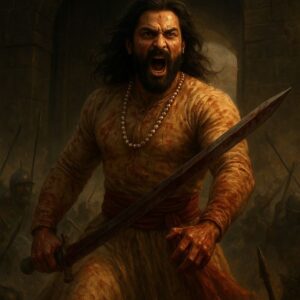
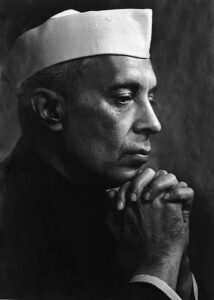
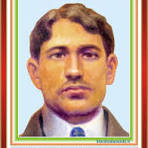
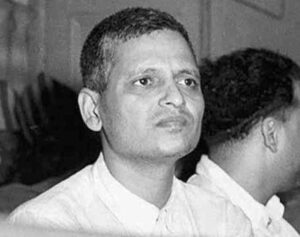
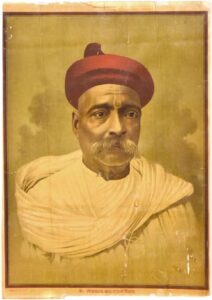
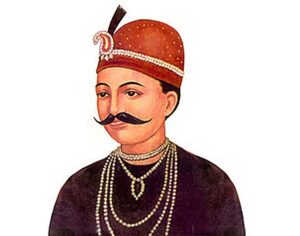
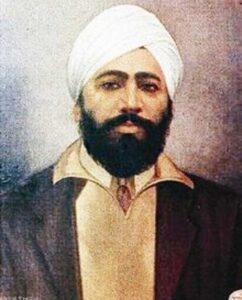
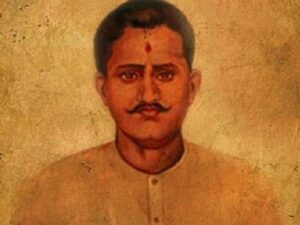
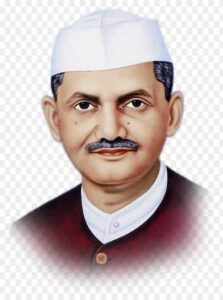
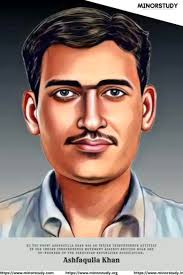
2 comments